PROFESSOR @EBERHARD KARLS UNIVERSITY TUBINGEN
Optical antennas for nanoplasmonics
When light interacts with metallic films or nanoparticles, coherent
oscillations of the free electron density can be excited. These
quasi-particles form the basis of plasmonics. Metallic nanostructures
can be designed such that particular polarization-dependent plasmonic
modes are induced. They are thus acting as antennas for visible light,
concentrating the energy of the incoming electromagnetic field in a
nanoscale volume and mediating between optical and electrical signals.
In this presentation we will cover basic principles of plasmonics,
different techniques for the nanofabrication of optical antennas,
their spectral properties, and examples for applications of
nanoplasmonics in hybrid configurations.


